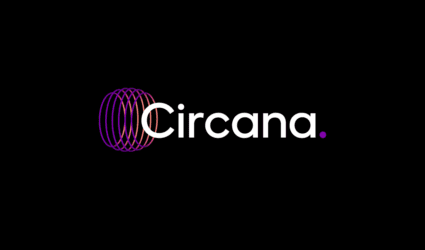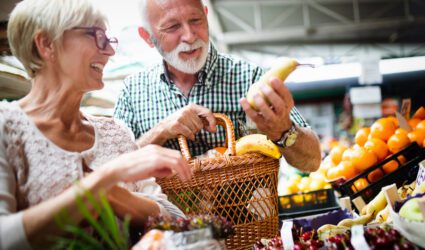By Sally Lyons Wyatt and Jay Kirkus, IRI
Shoppers who receive assistance from the Supplemental Nutrition Assistance Program (SNAP) are a critical food and beverage buying demographic, accounting for 16% of households nationwide. As these SNAP households grapple with inflation, they are also struggling to make every dollar work harder because of a decline in government support. While SNAP participants have enjoyed a 27% increase in benefits from a year ago through the updated Thrifty Food Plan, they are still receiving about 30% less overall than they were when their benefits were bolstered by emergency pandemic checks.
As a result, while SNAP shoppers represented 13% of total food and beverage dollar sales in 2021, they account for one point less (12%) year to date (YTD) in 2022. In this changed landscape, driving additional growth with SNAP shoppers will be harder than it was the prior few years. But several approaches hold promise through this year and into 2023 in reaching this important group. You can drive growth more successfully with these shoppers if you:
Focus on strategies that reach SNAP consumers during optimal days. The data shows that SNAP and WIC consumers purchase more food and beverage items around the 1st and 15th of the month when they receive their benefits.
Provide entry price point options for your brand or product. While non-SNAP shoppers are spending more food and beverage dollars in response to inflation, food and beverage spending for cash-strapped SNAP shoppers is declining — although not as much as their non-food spending. SNAP shoppers are looking for values on essential staples right now. Staying in stock and competitively priced on bread, cheese and other budget-stretching belly fillers is especially important right now.
Watch pricing carefully and offer more precise promotion timing for occasions and products that are currently losing SNAP buyers, dollars and trips. These include dinner, dessert and snack foods.
Shore up your buyer base through advertising on products that are losing buyers and trips but growing dollars. These include beverages and breakfast and lunch foods. Offering more convenient options and smaller packaging options on these products can also help boost trips.
Provide more product education, recipes and ideas for meals at home. Almost one-third of SNAP participants are cooking from scratch — and baking products are still growing buyers and dollars despite trip declines. Giving shoppers more tools and inspiration to cook at home can keep the momentum in these categories going and help boost trips.
Develop a SNAP channel strategy that capitalizes on growth in some channels and prioritizes customer retention in others. Currently, dollar share shifts are favoring mass, online and specialty retailers. 22% of SNAP participants have switched some of their shopping to a lower-cost retailer, and 25% are ordering online more often to save on gas. Online, home delivery and curbside pickup options are as important to SNAP shoppers as they are to the overall population.
Bolster your private label offerings. While SNAP consumers remain more loyal to national brands than shoppers overall, they have started to turn to more private label to save. SNAP shoppers currently spend 50% or more of their dollars on private label on baking, dinner, dessert, breakfast and prepared foods occasions. These categories in which brand image typically doesn’t matter as much hold particular promise with brand-conscious SNAP shoppers.
Cater to growing SNAP-ineligible categories. While SNAP benefits cannot be used on alcohol or other products like deli prepared foods or hot foods, shoppers spend their own money on these items. And they have been spending less on liquor versus 2021, and more on deli prepared foods. Recent surveys have also found that 16% of SNAP consumers say they’ll buy alcohol less often at bars and 15% plan to drink fewer alcoholic beverages at home too.
Provide both bulk and smaller-size options. To combat inflation, 45% of SNAP shoppers are buying groceries in bulk for their own households to use. And 10% are now buying groceries in bulk and splitting them with other households. SNAP households are also going small on fresh foods to ensure nothing goes to waste.
Offer solutions for other prominent purchase trends. Products that offer quality of life on a budget are essential for SNAP shoppers. In addition to moderate purchase sizes and good deals on belly fillers for low-cost meals, SNAP shoppers also want solutions that replace the high costs of eating out, from restaurant quality products for home to convenient solutions for home entertaining.
As these trends indicate, cash-strapped SNAP shoppers are likely to continue to eat more meals and enjoy more festive occasions at home to save money. For retailers, creating and executing plans to meet their needs can be an effective way to help sustain profits, drive growth, and attract and retain shoppers who tend to exhibit above-average loyalty to the grocers who meet their needs.
Get insights straight to your inbox





